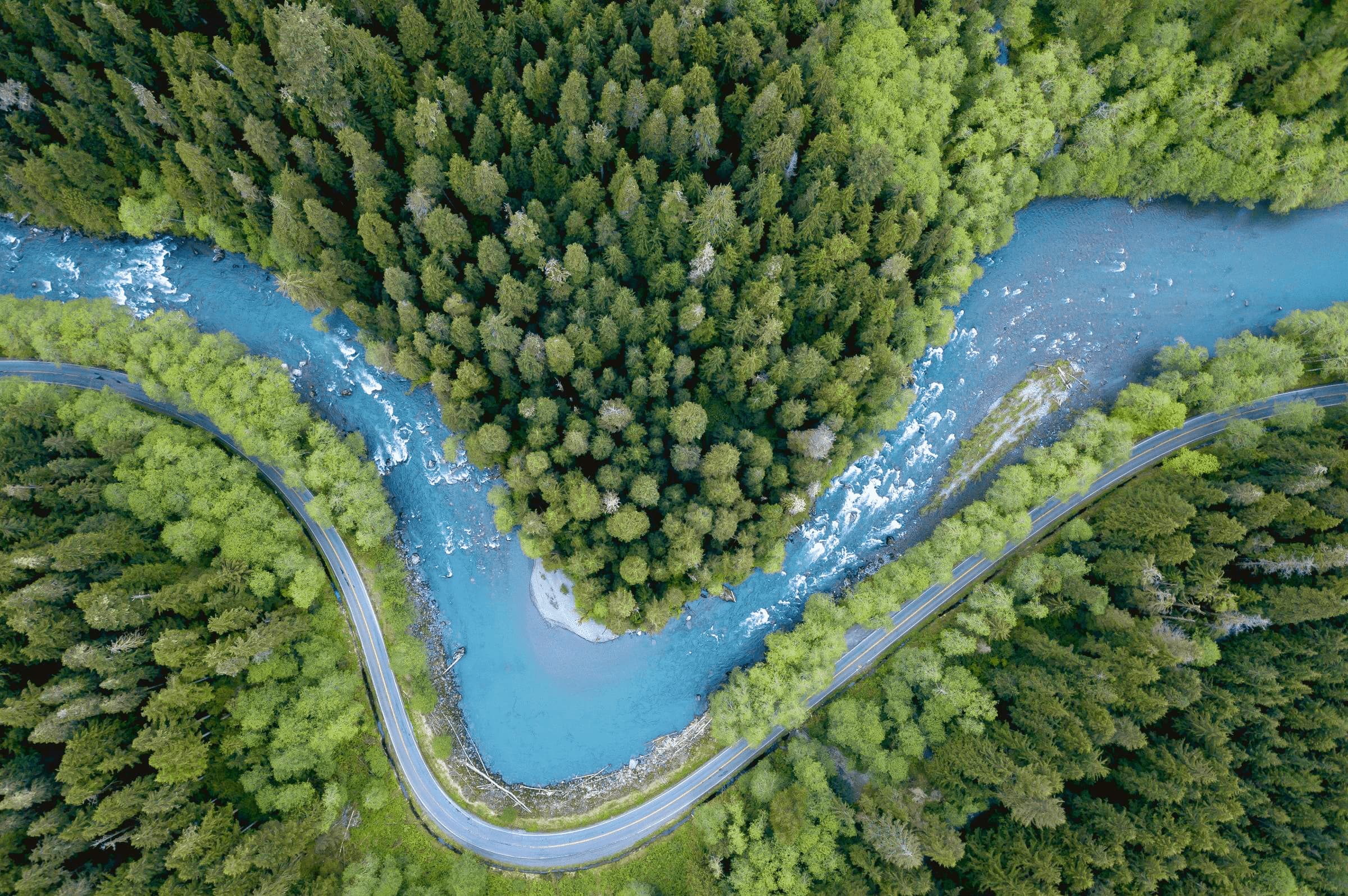“It can change the world because it can demonstrate that Europe can have a responsibly sourced source of Lithium...without the associated carbon footprint.”
Jeremy WrathallCornish Lithium
The birth of Cornish Lithium started with a Google search
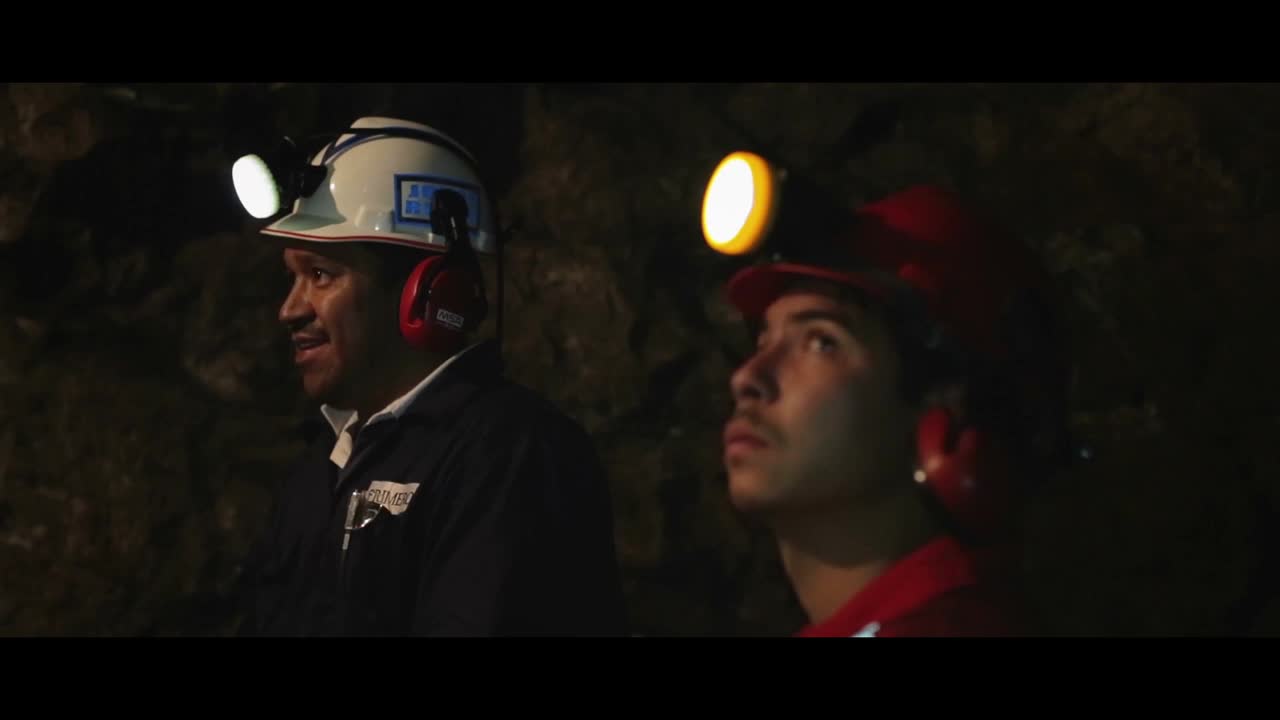
From the beginning
Using Data Visualisation to define location and variability
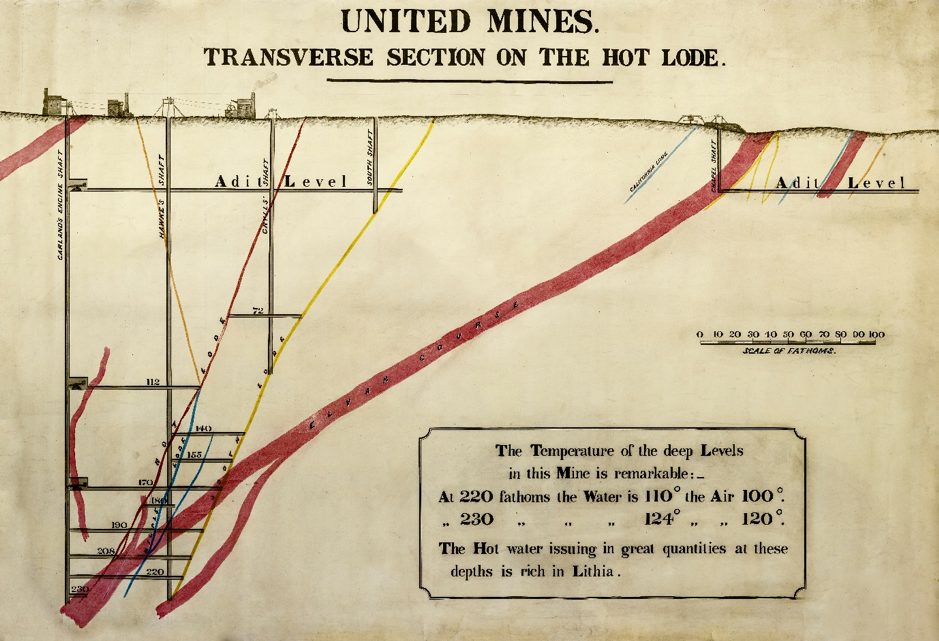
Historical mine workings in Cornwall with recorded temperature data. From the Cornwall Record Office, MRO/R103/12/2.
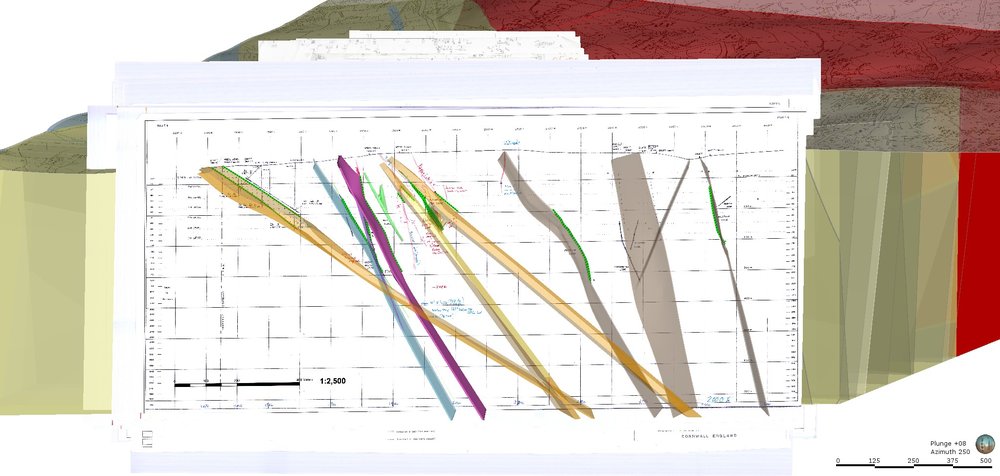
A section view of Cornish Lithium’s model in Leapfrog.
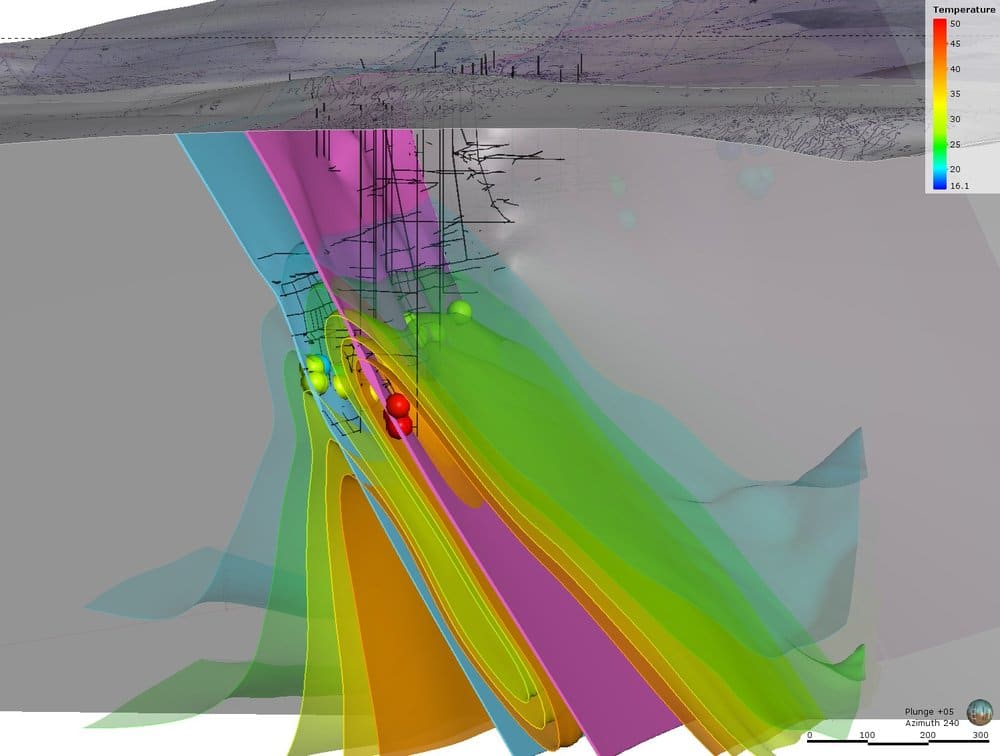
“I really thinking this is one of those opportunities you only get once in a lifetime. We are fortunate to be in the right place at the right time.”
Adam Matthews3D Modeling, Cornish Lithium
Why Seequent?
Intuitive, collaborative, integrated; Seequent software brings clarity to the complexity of geo-data and decision making.
We enable geo-data to tell a story with software that combines in-depth analysis, 2D and 3D visualisation, and data management. Accessible on desktop and Cloud, Seequent brings together the trusted power of Leapfrog 3D, Geosoft, and GeoStudio software. Our solutions integrate with industry-leading tools and have an open API so that all data and workflows can be considered.





